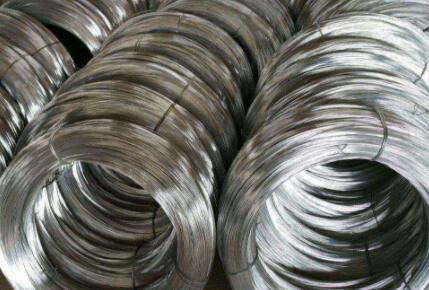Understanding Expanded Metal Mesh Thickness A Comprehensive Guide
Expanded metal mesh is a versatile material widely used in various industries and applications, ranging from construction to automotive and architectural designs. One of the critical factors that affect the performance and suitability of expanded metal for specific applications is its thickness. In this article, we’ll explore the importance of expanded metal mesh thickness, how it is measured, and how it impacts the material's functionality.
What is Expanded Metal?
Expanded metal is created through a unique manufacturing process where a flat sheet of metal is uniformly slit and stretched, resulting in diamond-shaped openings. This process increases the metal's surface area while reducing weight, making it both cost-effective and efficient. The resulting mesh has a variety of applications, including grating, fencing, filters, and decorative elements.
Importance of Thickness
The thickness of expanded metal mesh is crucial because it directly influences the strength, durability, and application of the material. Thicker meshes offer greater structural integrity, which is vital in supporting heavy loads or withstanding environmental elements. Conversely, thinner meshes are often chosen for applications where flexibility and lightweight characteristics are essential, such as in decorative panels or screens.
Measuring Thickness
The thickness of expanded metal mesh is measured in gauges or millimeters (mm). In the United States, metal thickness is typically referred to using gauge numbers, with lower numbers indicating thicker materials. For instance, a 10-gauge expanded metal mesh is thicker than a 14-gauge mesh. On the other hand, in most other parts of the world, thickness is expressed in millimeters. When selecting expanded metal mesh, it is essential to understand both measurement systems as they can influence material specifications and compliance with industry standards.
Factors Affecting Thickness Choice
Several factors contribute to the decision on the appropriate thickness of expanded metal mesh
1. Application Requirements The specific use case is the primary determinant. For example, architectural features may require a thinner, more decorative mesh, while industrial applications might necessitate a thicker, robust metal for structural support.
expanded metal mesh thickness

2. Load-Bearing Capacity If the expanded metal will bear loads, the thickness must be chosen based on the maximum expected load. Thicker meshes can handle higher loads without deforming or yielding.
3. Environmental Conditions For outdoor applications, the mesh must withstand environmental factors such as wind, rain, and UV exposure. Thicker metals generally offer better protection against corrosion and wear.
4. Aesthetic Considerations In applications where appearance matters—such as in the design of facades or art installations—the thickness impacts the visual appeal and perception of the material.
5. Fabrication and Installation Thicker meshes can be more challenging to cut and install, so the ease of handling should also be considered when selecting a thickness.
Applications of Different Thicknesses
- Thin (0.25 mm – 1.5 mm) Lightweight expanded metal is often used for decorative purposes, such as in interior design elements and furniture. It is suitable for applications where aesthetic quality is prioritized over structural strength.
- Medium (1.5 mm – 3 mm) This thickness range is ideal for general-purpose applications, including fencing, safety barriers, and lightweight grating systems. It balances strength with ease of handling.
- Thick (3 mm and above) Heavy-duty expanded metal mesh is commonly used in construction and industrial settings. These meshes are designed for applications like walkways, platforms, and heavy-duty machinery protection, where maximum strength and durability are required.
Conclusion
Understanding the thickness of expanded metal mesh is essential for selecting the right material for any project. Whether you need a lightweight decorative panel or a robust structural element, considering the thickness will help ensure that the expanded metal mesh meets the demands of the application while enhancing its overall performance. When in doubt, consulting with a supplier or a material expert can provide valuable guidance tailored to your specific needs.

















